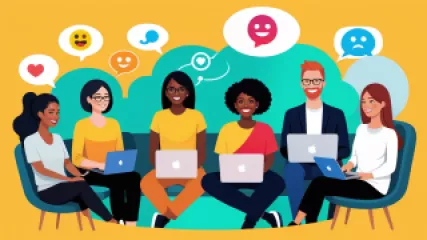Effective Self-Care for Digital Nomads: A Step-by-Step Guide
1 year ago
Digital Nomad Psychology
Research Insights on How Counselors Address Imposter Syndrome
1 year ago
Imposter Syndrome
10 Best Books for Personal and Emotional Growth
1 year ago
Personal Growth
What Are the Best Social Skills for Dating?
1 year ago
Social Skills Training
How to Achieve Personal Growth Through Self-Empowerment
1 year ago
Personal Growth
10 Best Holiday Stress Coping Strategies for a Peaceful Season
1 year ago
Handling Holiday Stress
Research Summary on Effective Holiday Stress Therapy
1 year ago
Handling Holiday Stress
10 Best Resources for Self Harm Awareness and Support
1 year ago
Self Harm
How an Expert Helped Me Overcome Cognitive Distortions
1 year ago
Cognitive Distortion Types
How to Identify and Recover from Common Cognitive Distortions
1 year ago
Cognitive Distortion Types
Why Social Skills Training is Essential for Modern Interaction
1 year ago
Social Skills Training
How to Develop Emotional Agility with Online Therapy
1 year ago
Developing Emotional Agility
Impact of Policies on Digital Mental Health Services
1 year ago
Policy and Mental Health
What Are the Best Daily Gratitude Practices for Journaling?
1 year ago
Daily Gratitude Practices
How I Found Mental Health Resources as a Digital Nomad
1 year ago
Digital Nomad Psychology















